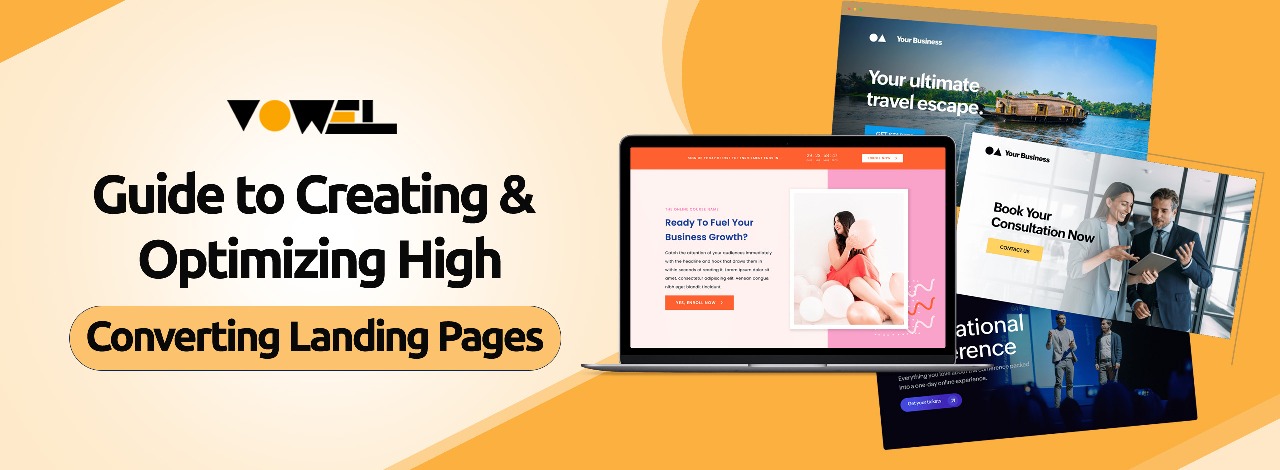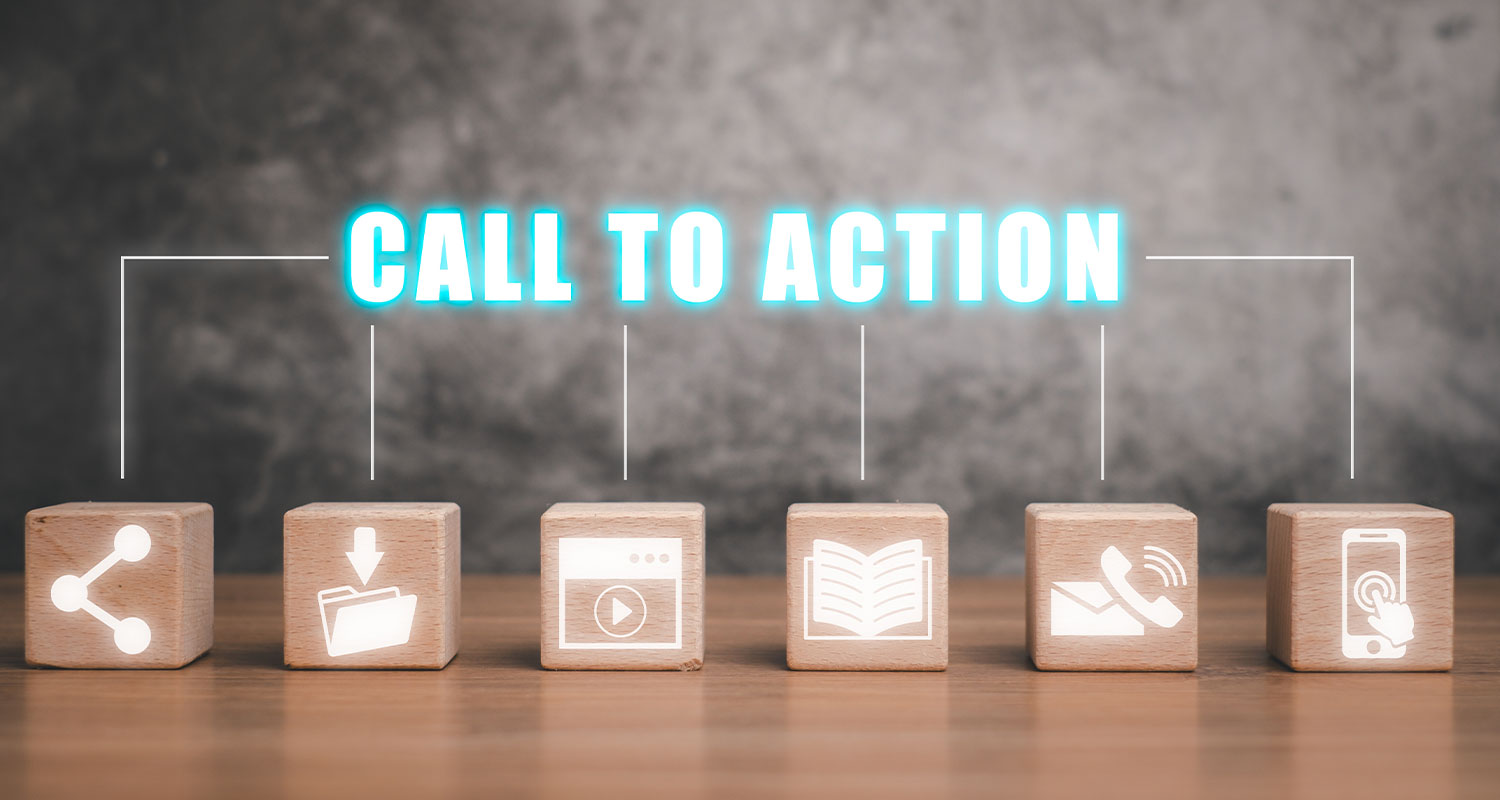

Guide to Creating & Optimizing High-Converting Landing Pages
In the digital marketing world, your landing page can either be a powerful conversion tool or a missed opportunity. High-converting landing pages are specifically designed to turn visitors into leads or customers. Whether you're running paid ads, promoting a product, or building your email list, creating an optimized landing page is crucial for achieving your marketing goals.
This guide covers the essential elements of high-converting landing pages, best practices, and actionable optimization tips that will help you improve conversion rates and maximize ROI.
What is a Landing Page?
A landing page is a standalone web page created specifically for a marketing or advertising campaign. It's where a visitor "lands" after clicking on a link in an email, ad, or other digital source. Unlike general website pages, landing pages focus on a single objective --- typically driving conversions like form submissions, purchases, or sign-ups.

Why Are High-Converting Landing Pages Important?
The primary goal of a landing page is conversion. Whether that means collecting leads, selling a product, or encouraging users to download an eBook, an optimized landing page helps increase the percentage of visitors who complete the desired action.
Key Benefits:
- Lower customer acquisition cost
- Better ROI from ad campaigns
- Improved user experience
- Enhanced lead quality
Essential Elements of a High-Converting Landing Page
Creating a successful landing page requires more than just compelling visuals. Here are the essential components:
1. Clear and Compelling Headline
The headline is the first thing a visitor sees. It should communicate the unique value proposition (UVP) clearly and concisely.
Tips:
- Be specific about the benefit
- Keep it under 10 words
- Use power words to evoke emotion
Example:
"Get Your Free SEO Audit in 60 Seconds!"
2. Persuasive Subheadline
The subheadline should support your main headline by elaborating on the offer or value.
Example:
"Discover hidden SEO opportunities and improve your Google rankings fast."
3. Visual Focus
People are visual learners. Use high-quality images or videos that align with your message and show your product or service in action.
Video Tips:
- Keep it under 2 minutes
- Highlight key benefits
- Add captions for silent viewers
4. Benefit-Oriented Copy
Your copy should focus on what the user gains, not just features.
Framework:
- Problem
- Solution
- Benefit
- CTA (Call to Action)
Use Bullet Points:
- Quickly digestible
- Scannable format
- Focused on value
5. Strong Call to Action (CTA)
The CTA is arguably the most important element. It should tell users exactly what to do.
Best Practices:
- Use actionable verbs: "Get," "Start," "Download"
- Make it stand out with contrasting colors
- Place it above the fold and repeat where necessary

6. Lead Capture Form
If your goal is lead generation, use a form that asks only for essential information. Too many fields = fewer conversions.
Best Practices:
- 2--4 fields max
- Offer value in exchange (freebie, discount, trial)
- Use trust signals like privacy disclaimers
7. Trust Signals
These reassure users that your offer is credible.
Types:
- Customer testimonials
- Client logos
- Star ratings
- Security badges
- Case studies or success stats
8. Mobile Optimization
With mobile traffic dominating the web, your landing page must be responsive and fast-loading.
Tips:
- Use mobile-friendly fonts and buttons
- Optimize image sizes
- Ensure forms are easily fillable on small screens
Best Practices for Landing Page Optimization
Optimization is an ongoing process. Even a well-designed landing page can improve with testing and data-driven adjustments.
1. A/B Testing
A/B testing (split testing) helps determine what elements drive the most conversions.
Test Variables:
- Headlines
- CTA text and placement
- Colors and layouts
- Form length
2. Load Speed
Page speed directly affects bounce rate and conversion.
Tools:
- Google PageSpeed Insights
- GTmetrix
Tips:
- Compress images
- Use a content delivery network (CDN)
- Minimize code
3. Use Heatmaps and Analytics
Use heatmap tools like Hotjar or Crazy Egg to analyze user behavior. Combine this with Google Analytics to track traffic sources and bounce rates.
4. Create Multiple Landing Pages
Don't rely on a one-size-fits-all approach. Customize landing pages for different:
- Buyer personas
- Traffic sources (Google Ads, Facebook, LinkedIn, etc.)
- Campaign goals
According to HubSpot, companies with 30+ landing pages generate 7X more leads than those with fewer than 10.
Common Mistakes to Avoid
Even experienced marketers make mistakes. Watch out for these landing page killers:
- Too much text: Keep copy concise.
- Weak headline: If it doesn't grab attention, visitors will bounce.
- Multiple CTAs: Confuses the user. Stick to one primary CTA.
- Generic images: Stock photos can hurt credibility.
- Not tracking performance: Without data, you can't improve.
Real-World Example: Dropbox
Dropbox's early landing pages were clean, focused, and effective. They used:
- A simple headline: "Your stuff, anywhere"
- Short explainer video
- Clear CTA: "Sign up for free"
This minimalist approach helped them achieve explosive growth --- proof that clarity converts.

Tools to Create High-Converting Landing Pages
You don't have to code from scratch. Use landing page builders with built-in templates, analytics, and optimization tools.
Top Tools:
- Unbounce -- Advanced A/B testing and dynamic text replacement
- Instapage -- Great for paid ad landing pages
- Leadpages -- Drag-and-drop builder for beginners
- HubSpot -- Integrates with CRM and marketing tools
Conclusion: Your Roadmap to Higher Conversions
Creating a high-converting landing page isn't a one-time task --- it's a cycle of creation, testing, and optimization. When executed correctly, landing pages can significantly boost your marketing ROI by turning clicks into conversions.
Key Takeaways:
- Focus on one objective per landing page
- Use clear headlines and persuasive CTAs
- Optimize for mobile and speed
- Test constantly and use data to refine
Now that you have a complete guide, it's time to apply these strategies and watch your conversion rates soar. Whether you're capturing leads, promoting products, or building your brand --- your optimized landing page is your digital front door to success.
Frequently Asked Questions
What's the ideal length for a landing page?
There's no one-size-fits-all. Short pages work well for simple offers, while longer pages suit high-ticket or complex products. Focus on clarity and value, not word count.
How many CTAs should a landing page have?
Stick to one primary CTA. You can repeat it in multiple spots, but avoid offering different actions that might confuse visitors.
Should I remove navigation menus from landing pages?
Yes. Removing top navigation and external links helps reduce distractions and keeps users focused on your conversion goal.
How often should I A/B test landing pages?
Continuously. Start with high-impact elements like the headline, CTA, and hero image, and test one change at a time for accurate results.
What tools can I use to improve conversions?
Use heatmaps (Hotjar), A/B testing platforms (Unbounce, Google Optimize), and analytics (Google Analytics) to monitor performance and refine your page.

